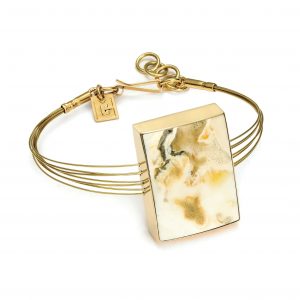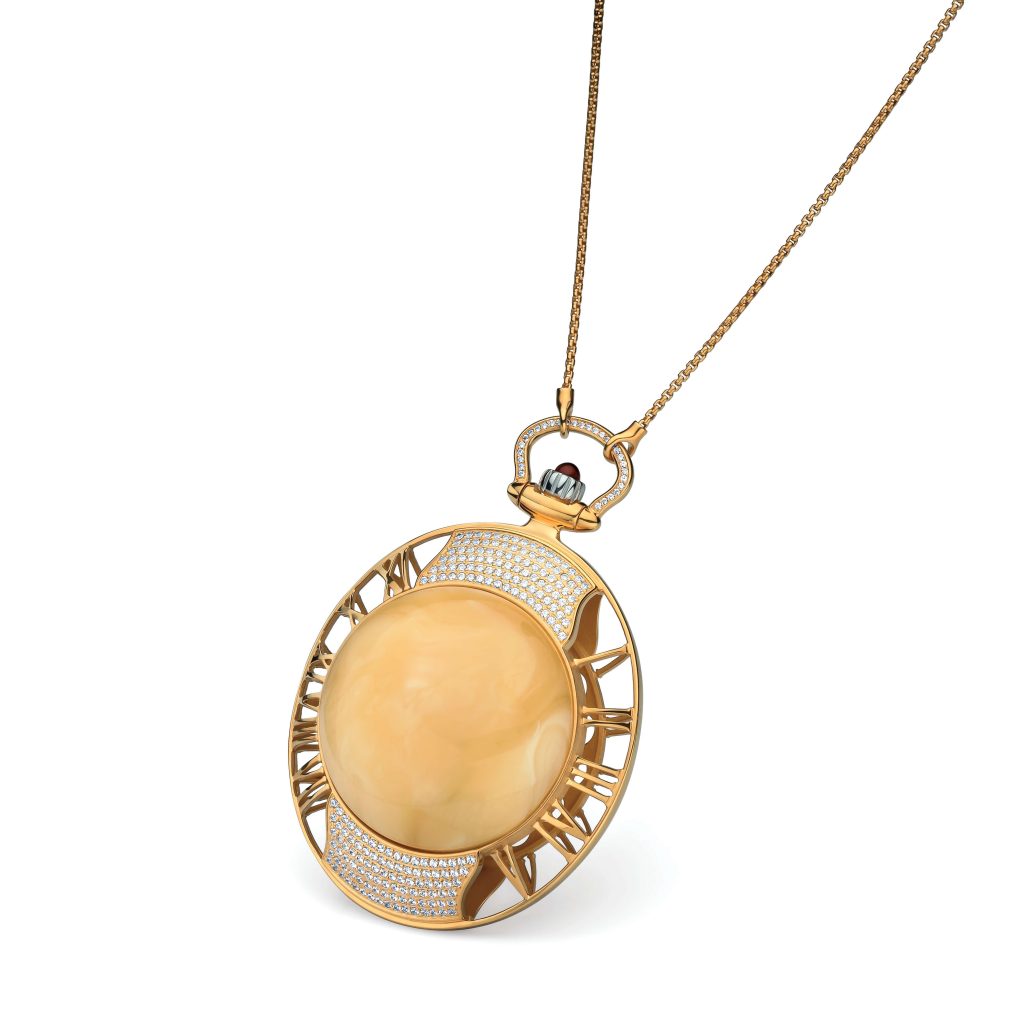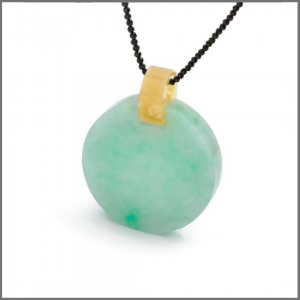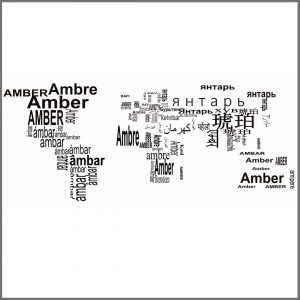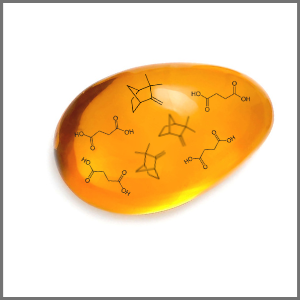The white colour of amber is caused by microscopic gas bubbles (or water particles) with diameter 0.0008-0.001 mm encapsulated inside the resin during its hardening process (fossilisation).
Their number reaches 900,000 per 1 mm2 of polished surface. This is even up to 50% of the volume.
This is similar to what happens to an egg white when you whip it. First, it is light yellow and transparent but, when aerated, it turns into creamy white.
White amber is one of the rarest and most highly valued varieties of Baltic amber.
The white color of amber is often combined with other colors. Together they create unique patterns: mosaics, rings, patches and stripes etc.


